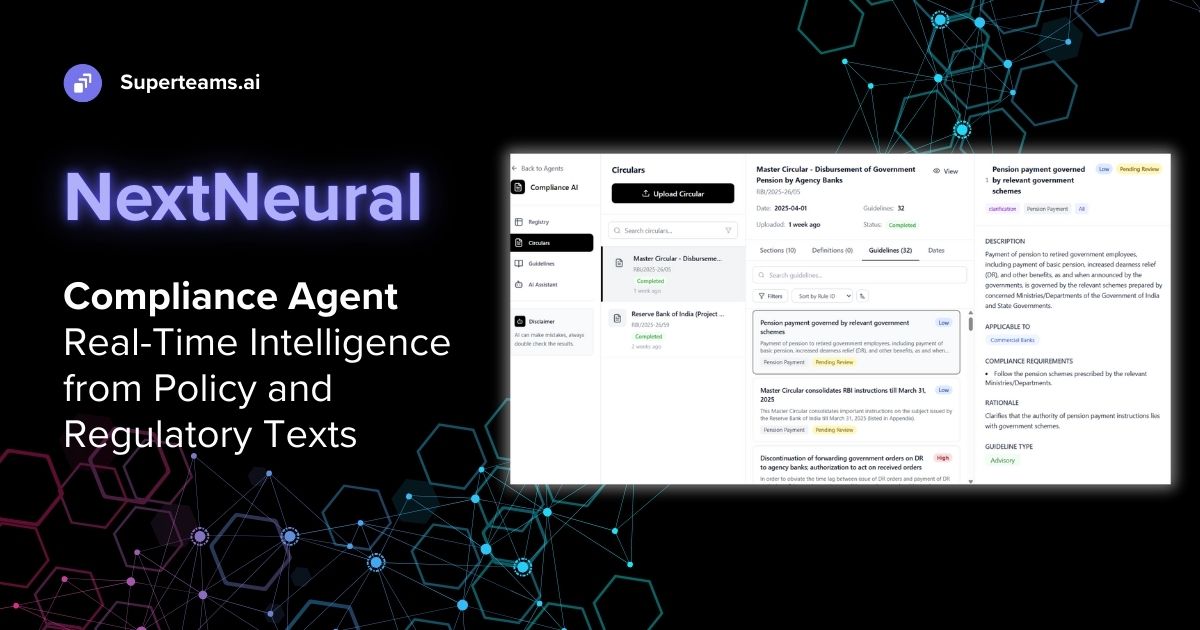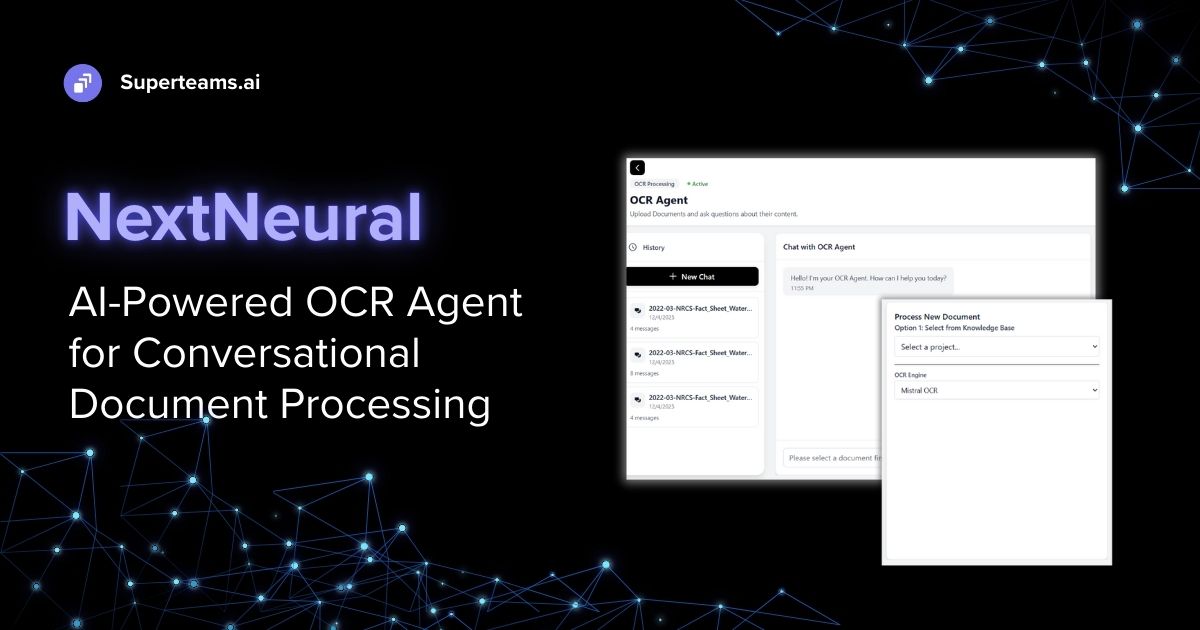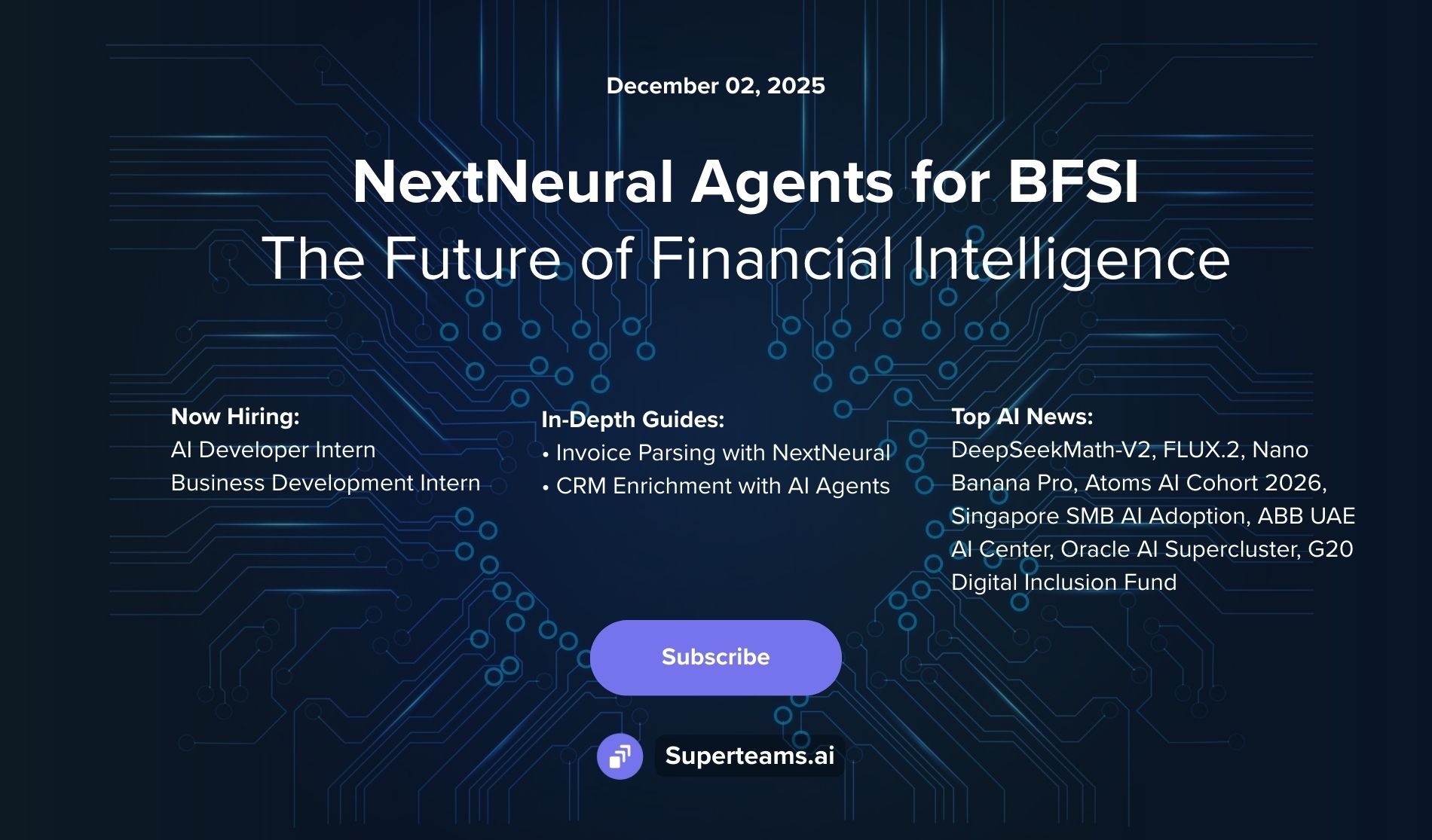10 Technical Writing Mistakes to Avoid
"10 Technical Writing Mistakes to Avoid" is an informative guide that highlights common errors in technical writing and master the art of writing.
Introduction
Technical writing plays a pivotal role in conveying complex information accurately and effectively to a specific audience. Whether you are documenting software manuals, creating user guides, or preparing technical reports, it is crucial to be aware of common writing mistakes that can hinder clarity and impact the overall quality of your work.
In this article, we will delve into ten prevalent technical writing mistakes that should be diligently avoided. By understanding these pitfalls and implementing effective strategies to address them, you can elevate the effectiveness of your technical writing and ensure that your audience receives information with clarity and precision. While we talk about avoiding technical mistakes do check out our blog on 'How to Overcome Writer's Block Using AI'
Neglecting the Audience
Neglecting the audience in writing is a common mistake that can undermine the effectiveness of communication. It involves failing to consider the readers' characteristics, needs, and preferences.
To avoid this error, writers should understand their audience's background, tailor the language and tone to their level of understanding, structure the content in a logical and coherent manner, and provide relevant context and examples. By prioritizing the audience, writers can ensure that their writing is engaging, relevant, and accessible, leading to more effective communication and a better connection with the readers.
Lack of Structure and Organization
Lack of structure and organization while writing is a prevalent mistake that can significantly undermine the clarity, coherence, and impact of a written piece. Without a clear structured effective organization, ideas may appear disjointed, the flow of thoughts may become confusing, and the intended message may get lost amidst the clutter.
In order to tackle this problem, it is crucial to build a strong foundation and arrange the content in a way that facilitates a smooth and coherent flow of ideas. A meticulously organized piece of writing leads the reader through a carefully constructed sequence of thoughts, making it effortless for them to comprehend the intended message.
Using Jargon and Technical Terms Excessively
Overreliance on jargon and technical terminology in communication can pose obstacles to effective understanding and collaboration. While specialized language is valuable within specific fields, excessive usage can create barriers and hinder the flow of information.
The primary challenge arises from the hindered comprehension as jargon and technical terms tend to be unfamiliar to individuals outside those respective fields.
Consequently, this can result in confusion, misinterpretation, and a sense of disconnection among the audience. Furthermore, the lack of clear definitions or explanations associated with such terminology can exacerbate the issue by introducing ambiguity and further complicating matters.
Poor Grammar and Spelling
Poor grammar and spelling can significantly undermine the quality and effectiveness of written communication. It leads to confusion, misunderstandings, and a loss of credibility. Proper grammar ensures clarity, while correct spelling enhances professionalism.
It is important to prioritize grammar and spelling to convey ideas accurately and maintain readers' comprehension. Taking the time to proofread, using grammar resources, and seeking feedback can help improve writing quality and avoid common errors. By addressing poor grammar and spelling, writers can enhance their credibility, professionalism, and the overall impact of their written communication.
Lack of Visual Aids
When visual aids are neglected in communication, it can hinder comprehension and engagement. Humans have a natural inclination towards visual learning, and incorporating visual elements such as charts, graphs, diagrams, or images can significantly amplify the clarity and impact of the conveyed message. Without the support of visual aids, complex concepts or data may overwhelm the audience, leading to confusion and limited understanding.
By harnessing the power of visual elements, communicators have the opportunity to enrich the audience's comprehension, captivate their attention, and make the information more accessible and memorable. Embracing visual aids is key to enhancing communication effectiveness and ensuring that the intended message resonates with the audience.
Lengthy and Dense Paragraphs
Lengthy and dense paragraphs pose a significant disadvantage in writing, as they can impede readability and comprehension. When paragraphs are excessively long and packed with information, readers may struggle to navigate through the text, resulting in fatigue and disengagement.
Dense paragraphs often lack sufficient white space and logical breaks, making it difficult for readers to identify key points and follow the flow of ideas. This can lead to confusion and hinder the conveyance of the intended message. Additionally, lengthy paragraphs may deter readers from diving into the content, as they perceive it as time-consuming and overwhelming.
Inadequate Use of Examples
Insufficient utilization of examples in communication can undermine the effectiveness of conveying information and ideas. Examples serve as valuable tools that bring abstract concepts to life, making them relatable and easier to comprehend. In a detailed paragraph on the issue of "Inadequate Use of Examples”
When examples are not adequately employed, it hampers the audience's ability to fully grasp and connect with the information being presented. Examples provide tangible instances that illustrate the application or manifestation of concepts, theories, or ideas. Without them, abstract or complex concepts may remain obscure and challenging to understand, resulting in a lack of clarity or misinterpretation.
Lack of Consistency
Consistency is a fundamental aspect of writing that encompasses various elements, including grammar, style, formatting, and tone. Without consistency, the reader may struggle to follow the flow of ideas and may find it difficult to engage with the content. Consistency is a fundamental aspect of writing that encompasses various elements, including grammar, style, formatting, and tone.
In terms of grammar, inconsistent usage of punctuation, verb tense, or sentence structure can create confusion and disrupt the coherence of the writing. It is crucial to maintain consistency in grammatical rules to ensure clarity and comprehension. Style consistency is equally important. When the writing style fluctuates or lacks uniformity, it can be distracting and make it challenging for the reader to connect with the author's voice.
Not Revising and Editing
Not revising and editing one's writing can have significant drawbacks. Failing to review and refine written work can result in poor grammar, spelling errors, and unclear sentences, which can diminish the overall quality of the piece. Without revision, the writing may lack coherence and logical progression of ideas, making it difficult for readers to follow and comprehend.
Additionally, not taking the time to edit can lead to the omission of important information or the inclusion of irrelevant details, which can confuse the audience. Moreover, skipping the editing process can result in overlooking typos, punctuation errors, and inconsistencies in style or tone. These mistakes can undermine the writer's credibility and professionalism. By neglecting revision and editing, writers miss the opportunity to refine their work, improve clarity, ensure accuracy, and enhance the overall impact of their writing.
Ignoring User Feedback
Ignoring user feedback can have detrimental effects on product development and customer satisfaction. When user feedback is disregarded, valuable insights and perspectives go unnoticed, hindering opportunities for improvement and innovation. User feedback serves as a valuable source of information and a direct line of communication with customers.
By ignoring user feedback, organizations miss out on crucial insights into their products or services. Users' experiences, suggestions, and concerns can provide valuable guidance for enhancing usability, identifying bugs or issues, and uncovering new features or improvements that align with customer needs and expectations.
Conclusion
To wrap up, the avoidance of common technical writing mistakes is paramount in achieving effective communication and ensuring the accurate and clear transmission of information. By sidestepping these pitfalls, technical writers can elevate comprehension, captivate their audience, and facilitate successful knowledge exchange.
Remaining vigilant against errors like excessive jargon, the oversight of visual aids, insufficient utilization of examples, inconsistent writing, and disregarding user feedback is essential. By embracing best practices, actively soliciting feedback, and continuously honing their writing skills, technical writers can generate exceptional content that deeply resonates with their audience, leading to the ultimate goal of delivering precise and easily comprehensible information. Superteams.ai we offer a job platform for technical writers as well, do click on the link https://www.superteams.ai/career-category/technical-writing and see what suits your profile.








